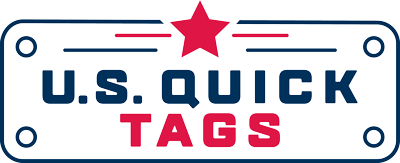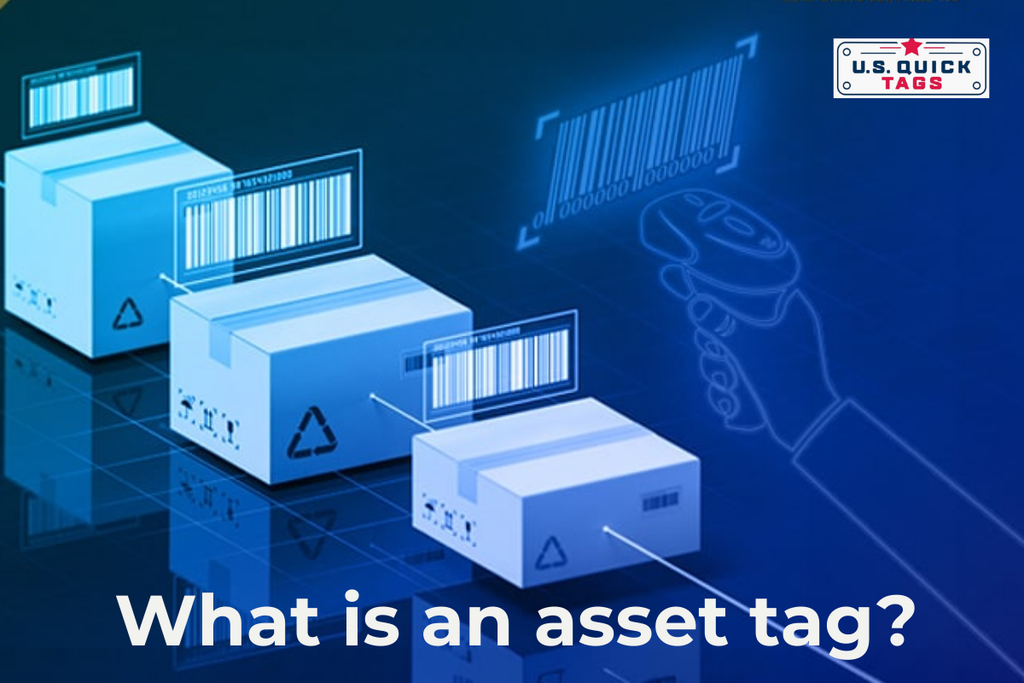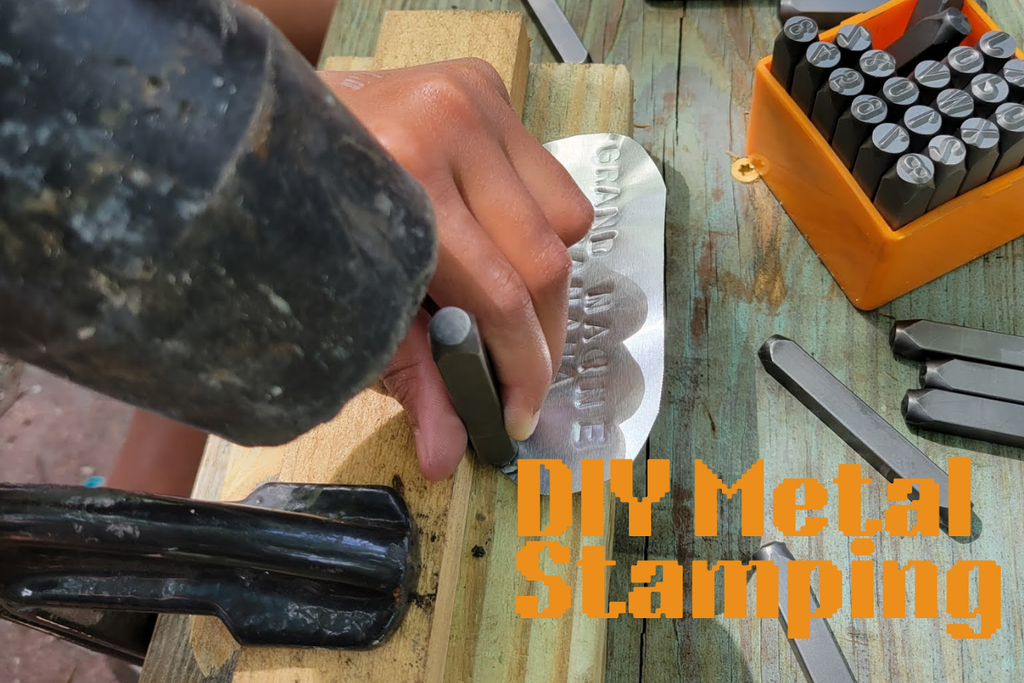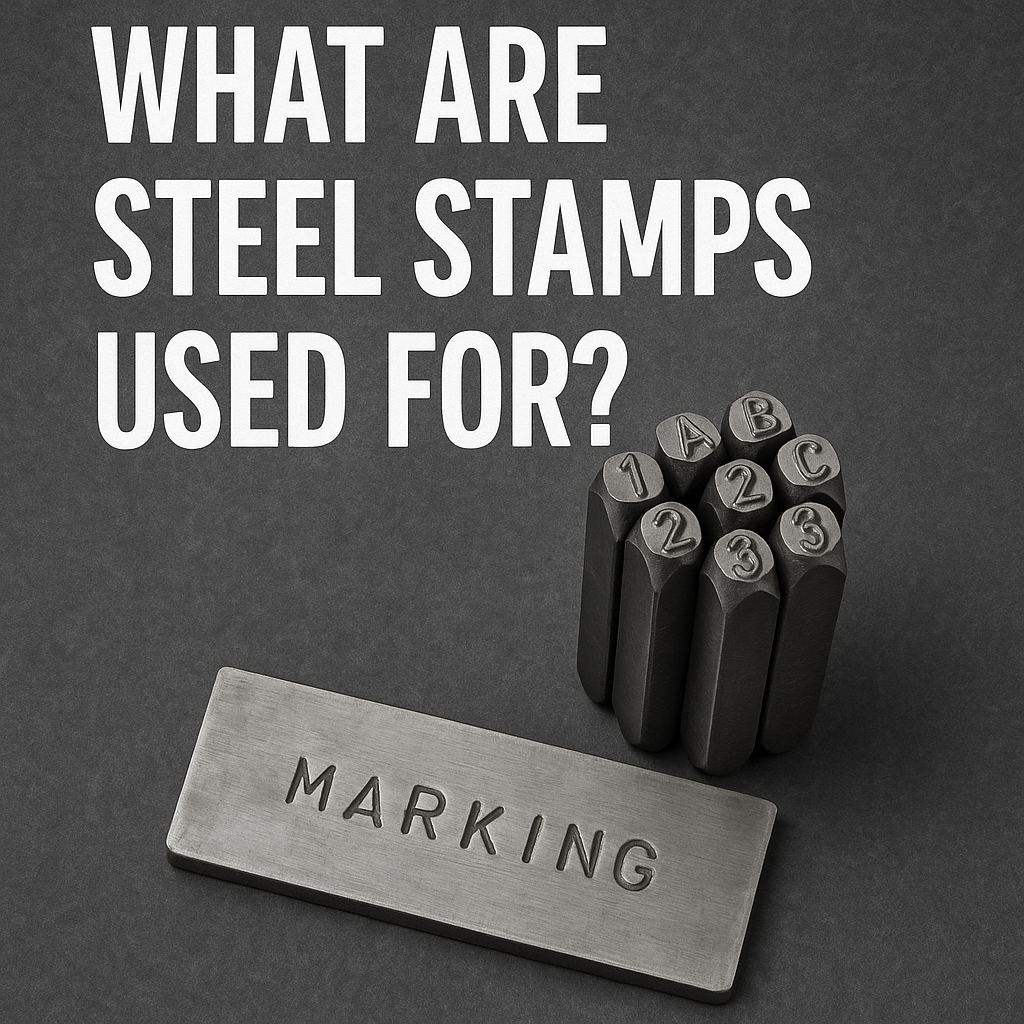How are US military dog tags made?
- USQuickBlogs
- 17 Mar, 2022
If you've ever seen a war movie or you're even vaguely familiar with US military uniforms and practices, you have probably seen a set of dog tags. They may look simple but they have played an important role in helping to identify military personnel in conflict and at other times.
You might have wondered about where exactly dog tags come from and how they're made. After all, if every person in military service is given a set, that's a lot of dog tags. As well as being manufactured to give them their distinctive shape, each set needs to be customized so it has the personal details of the owner. Their manufacture isn't particularly complicated, but these little tags hold a lot of significance.
What are military dog tags?

First of all, what exactly is a military dog tag and what it it used for? You have most likely seen them before, but perhaps you haven't given a lot of thought to what they are or their reason for existing. Dog tags are used as a method of identification for military personnel, including to identify casualties in the conflict. They feature information such as the wearer's name and rank, as well as essential basic medical information such as blood type, and often religious preference too.
There are usually two dog tags with the same information or one that can be broken in half. The purpose of this is so that one tag or part of a tag can be taken away, leaving the second tag to continue acting as identification.
As you might already have guessed, military dog tags are so-called because they look like the identification tags used for dogs and other animals.
The history of dog tags

The concept of wearing or carrying something for identification in combat is a very old one. There is a mention of Spartans using identification tags and the Romans also used a type of identification tag for their legionaries.
In the United States, some soldiers took it upon themselves to create their own identity during the Civil War. They used paper to write down the details and pin notes to their coats or they wrote or etched their names into their things. It was around this time that military identification began to be manufactured commercially, in the form of pins and tags. The US Army first authorized ID tags in 1906. In 1916, the regulations changed to ensure every soldier was issued with two army dog tags so that in the event of a death, one could be kept for record-keeping and one could stay with the body. In 1918, the army started to use service numbers, which would be included on tags for combat troops along with soldiers' names.
From the 1930s to the 1980s, original dog tags were made using a Graphotype machine. This machine debosses characters into the metal plates. Identification tags could be used to quickly stamp their information onto paper using this process. Today, some are debossed while others are embossed.
Other branches of the military also started to use dog tags. The Navy started to require them in 1917, although the tags during World War I were slightly different from Army tags. They were made from a group of nickel alloys called monel and had etched on them the letters U.S.N. and the wearer's date of birth and enlistment (or date of appointment for officers). There was also an etching of the sailor's fingerprint on the other side.
By World War II, dog tags were made in the shape that we see them today from a nickel-copper alloy. Navy tags no longer included a fingerprint. The design previously had a notch, which was used to indicate orientation for inserting the tag into a handheld machine for stamping. However, there are various myths about notched dog tags, including that they were meant to be placed between the soldier's teeth to prevent them getting lost.
What are US military dog tags made from?

Today, dog tags are made from stainless steel. Stainless steel is inexpensive and practical, offering a durable material that is resistant to corrosion and lasts a long time.
In comparison, the first metal dog tags were made from brass, then from an alloy of copper and nickel. As more advanced materials have become available, the standard material for dog tags has changed. At the same time, dog tags themselves have become less relevant for the purpose of identification. They are now more symbolic, thanks to technological advances that allow for identification in other ways. For example, DNA can now provide a much more reliable way of identifying bodies.
How are dog tags made?

Military identification tags today are either embossed (raised letters) or debossed (depressed letters). This is done using machines designed for this purpose. First of all the tags need to be cut to the right size and shape. They can then be inserted into the machine, where the characters will either be embossed or debossed into the metal so that they feature the right information.
Not all machines work in exactly the same way, but they will use a similar process. The custom dog tags are loaded into the machine, which will take them one at a time to emboss the information on them. Individual characters are stamped onto the tag, in a similar way to a typewriter printing characters onto a page. These machines are connected to computers, which makes it easier and faster to tell them what to print onto the tags. A simple spreadsheet can be read by the machine so that it can create the requested dog tags. Typically, the more dog tags that are ordered, the more cost-effective it is to make them.
The blanks for these tags need to be made perfectly flat in order to function properly. Many people are not aware that if the tags are not made with a specific tool to make them perfectly flat, they will jam up the machines. So while anyone can make a 1.125" x 2.25" stainless steel tag, not many have the tooling to ensure they are perfectly flat. This is why it is so important to use a reputable manufacturer for your military dog tags. You can rest assured that the tags you receive will be made with the highest quality standards in mind.
The Difference Dog Tags Made

After the US military started to use dog tags, the number of unknown soldiers killed in action went down. In the Civil War, about 25% of fallen soldiers were unidentified. That number stood at 1.7% (925) in the Korean War and had fallen to zero in the Vietnam war.
Dog tags might not be so crucial today, but they did play an important role in helping to identify military personnel during times of conflict. They're still a symbolic item that many people treasure.






